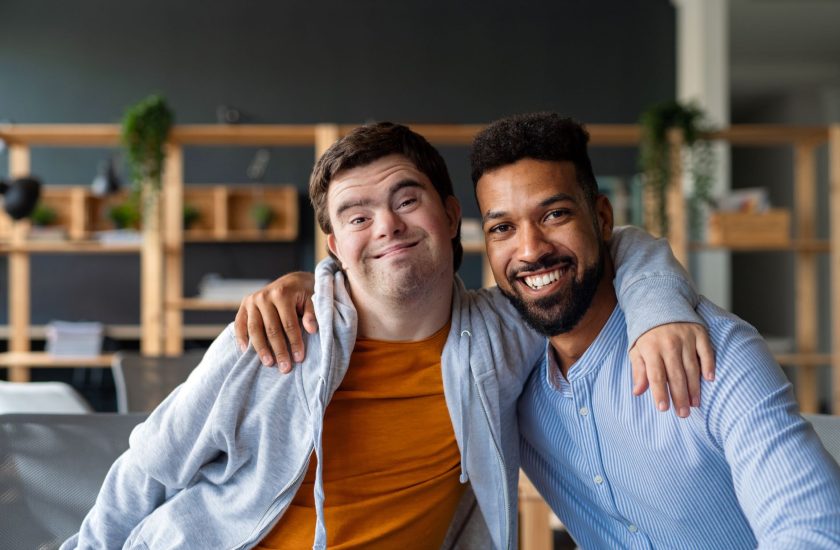DRAZ wants you to stay informed about COVID-19 relief that may apply to members of the disability community. The pandemic poses unique problems for parents or guardians of children with disabilities. The Family and Medical Leave Act was enacted in 1993 and provides qualified employees with 12 weeks of job paid unprotected leave per year. In response to the pandemic, Congress has expanded the FMLA to provide individuals with additional protections.
- What it is: Employees may use EFMLEA to care for their child whose school or place of care is closed (or childcare provider is unavailable) due to COVID-19 related reasons. This is an expansion of FMLA that provides an additional qualifying reason.
- Which employers are covered under EFMLEA? Private sector employees with fewer than 500 employees and public agencies. For federal employees, please note there may be additional restrictions.
- What sort of benefits can I get with EFMLEA? You can get up to 12 weeks of job-protected leave with continuous health insurance coverage. For the first two weeks, the employee will not receive pay, but for the remaining 10 weeks, the employee can receive pay at a rate of two-thirds the employee’s regular rate of pay. Pay is capped at $200 per day, or $10,000.
- Who is eligible for EFMLEA? All employees, full-time and part-time, who work for a covered employer are eligible for EFMLEA, if the employee has been employee has been employed for at least 30 days.
- Do I have to use my paid leave concurrently with EFMLEA? The DOL regulations state that for the first two weeks, the employer may ask the employee to take paid time off or personal leave, to be paid at the employee’s normal rate. For the remaining time, the employee will be compensated at the rate stated in question 2.
Here are some other key information about EFMLEA?
- EFMLEA expands FMLA by adding a qualifying reason.
- If you have already used 12 weeks of FMLA time, you are ineligible for EFMLEA.
For more information, please see DOL’s website.
